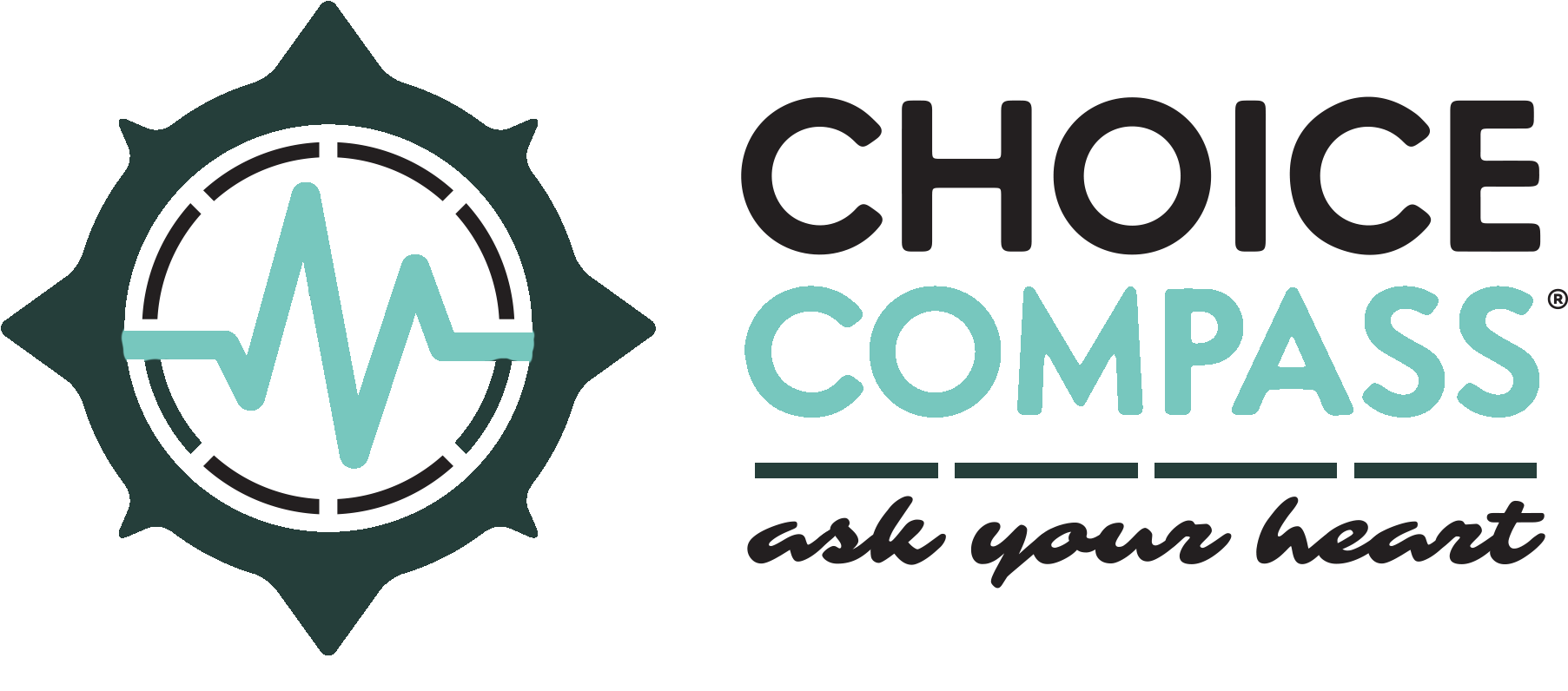13 Aug Non-Conscious Processes: More than a “Helper App” for Consciousness
I’ve been thinking that maybe we neuroscience types have it all wrong. Sure, that’s bound to be true in many ways, since clearly our current understanding of the brain doesn’t allow us to explain how, exactly, we think.
But I’m not talking about this level of cluelessness, which is to be expected in a two hundred year-old science. I’m afraid we may be supporting a level of ignorance that serves to lead neuroscience onto exactly the wrong track.
What I’m talking about is our understanding of the interrelationships between three basic worlds: 1) physical reality (the stuff “out there”), 2) conscious, subjective awareness (the stuff we experience “in here”), and 3) non-conscious processing (the stuff “in here” that we don’t experience consciously).
Scientists have made arguments that all three of these worlds don’t exist. Currently, there are mathematicians arguing that physical reality is an illusion, and some neuroscientists are still arguing that consciousness is an illusion. In the late 1800s and early 1900s, non-conscious processing was the illusion.
Despite these arguments, the easiest way to explain the bulk of the results arising from physics, psychology and neuroscience is to assume that the physical world, conscious awareness, and non-conscious processing all exist. So then we ask, if all three worlds are real, what is the relationship between them?
The current neuroscientific view is that non-conscious processing supports and interacts with conscious awareness. Conscious awareness perceives and interacts with physical reality. Conscious awareness interacts with both non-conscious processes and physical reality to create an accurate representation of physical reality and to act within that reality.
We are familiar with this view, because it is what we are taught in Introductory Psychology…we are taught that the purpose of conscious awareness or subjective experience must be to help us accurately represent and deal with physical reality so that we can survive.
I see two problems with this model. The first problem is that this model shows no connection between non-conscious processes and physical reality, when of course all processes must interact with physical reality if they exist in the world. Some scientists solve the problem by placing another arrow between physical reality and non-conscious processes. I do not think this works, and the reason why I don’t think it works is the second problem. The second problem is the assumption that our conscious awareness has the better grasp of physical reality, while non-conscious processes are on hand only to help consciousness do what it needs to do in the world. This problem can’t be fixed by drawing more arrows. It has to be fixed by considering all the data.
It is my view that the bulk of the evidence suggests that non-conscious processes have a more accurate grasp of physical reality, and are better able to interact with it, than conscious awareness. For instance, conscious memories of what you’ve seen and heard in the last two minutes are weak and minimal compared to your non-conscious processing of those perceptions of the physical world. Similarly, your conscious control over your actions is graceless and prone to error compared to your non-conscious motor control — try explaining to someone how to skip, and you’ll see what I mean. Your non-conscious mind knows how to do it, but your conscious mind is not so sure.
Further, we know that our conscious experience of time includes a “present moment” that is flanked by what we call the “past” and the “future.” But physical reality, according to most physicists, does not privilege a certain “now”; one person’s past could be another person’s future, according to relativity theory. Interestingly, there is some evidence that non-conscious processing also blurs past, present and future — for instance, non-conscious processes seem to represent both past and future events with similar physiological responses (see my meta-analysis on predictive physiological activity).
My sense is that the current discussion among neuroscientists about consciousness is part of a model that we’ve almost willfully gotten wrong. The discussion and the model highlight conscious experience as the arbiter of reality, despite the evidence, leading neuroscientists and psychologists to demote non-conscious processing to being a “helper app” for consciousness. Even though this “helper app” seems to have a better handle on physical reality than conscious awareness.
We’ve gotten it wrong because we are biased — we live in conscious awareness after all, not physical reality or non-conscious processes. We are self-centered, and we see ourselves only with conscious awareness, so it must be the center of things. Similar to thinking the Earth is the center of the solar system, it makes intuitive sense until the data are taken into account.
Not only are non-conscious processes more in touch with physical reality than conscious awareness is, non-conscious processes have strong interactions with both conscious awareness and physical reality. Non-conscious processing is the linchpin between the two; making the interaction between conscious awareness and physical reality look tentative and false in comparison.
What would our experiments look like if this were our model of the three worlds? Well, for one thing, we’d be asking more questions about how non-conscious processes work. We’d stop making the assumption that our conscious awareness of reality is the accurate. And we’d be looking for new ways to access non-conscious processing and the nature of physical reality to determine exactly how close these domains actually are.



Sorry, the comment form is closed at this time.